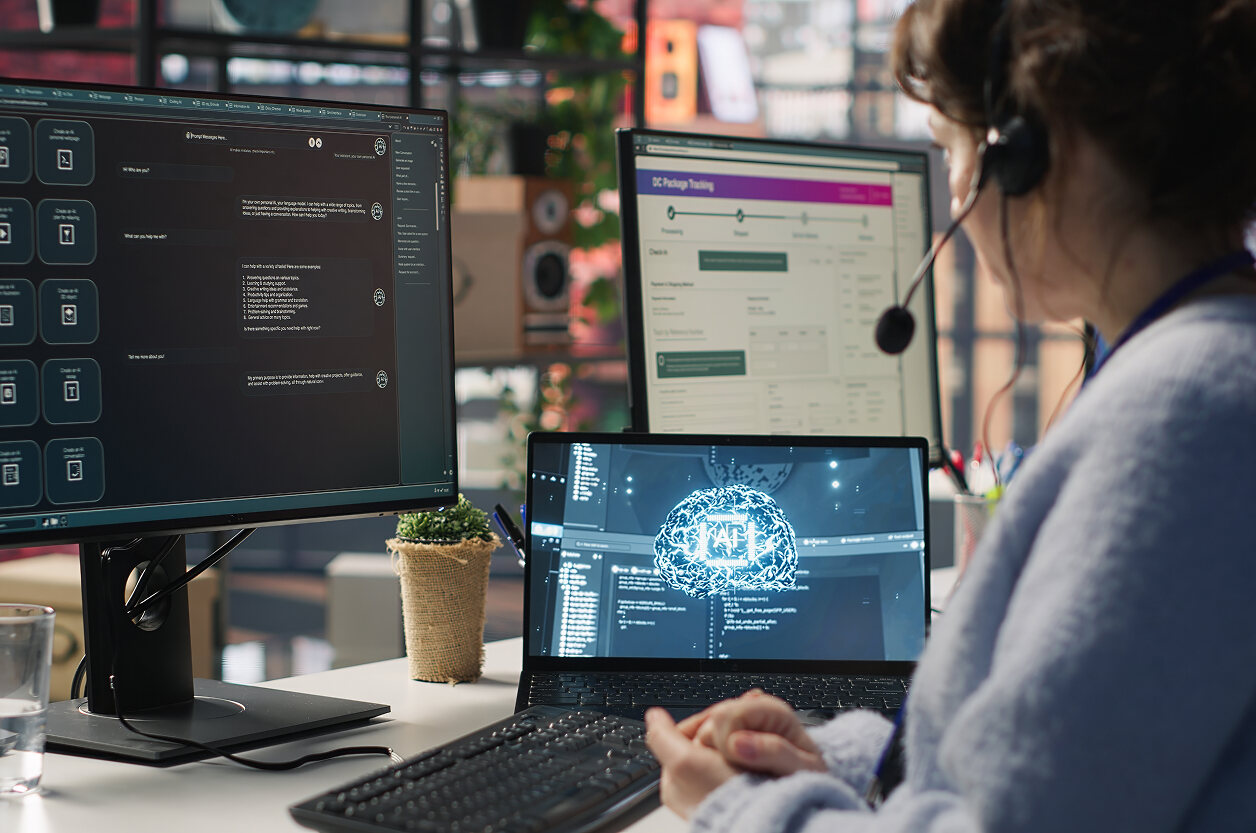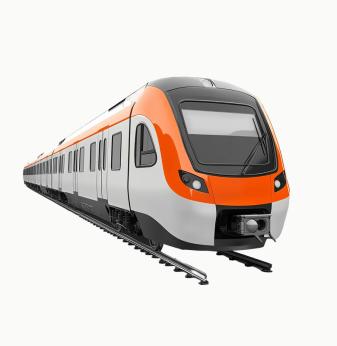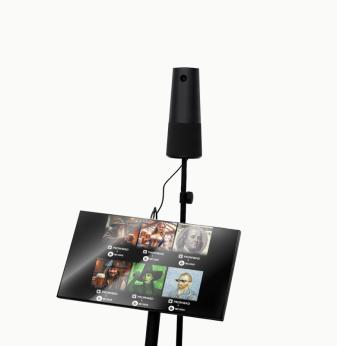Accessibility 2.0: AI-Driven Sign Language and Multimodal Interactions for Inclusive Experiences

Accessibility is no longer about simple closed captions or audio descriptions. The next wave — Accessibility 2.0 — embeds intelligence into interaction layers using AI sign language translation, multimodal interfaces (gesture + voice + vision), and real-time adaptation so content is accessible in more natural, expressive ways. As media and interactive platforms evolve, inclusive design must match the expressive richness of modern UX.
In this article, we explore the technical trends, architectural possibilities, challenges, and paths forward for embedding AI in accessibility. We focus on sign language recognition and generation, multimodal interfaces, user experience implications, and integration in media and broadcasting pipelines.
Why accessibility must evolve
Traditionally, accessibility in media has meant subtitles, closed captions, audio description, and simple user controls (like “increase font size”). These are essential—but inherently reactive and limited in expressiveness. They don’t capture the nuances of signed languages (for deaf users) or natural multimodal interaction (gestures + voice + touch).
As content becomes more interactive, immersive (e.g. AR/VR), and multi-device, accessibility must keep pace. Users should be able to interact not just via text or voice, but with gestures, facial expressions, or sign language — and media platforms must interpret and present content accordingly. AI-powered accessibility unlocks a more inclusive future, making media not just consumable but responsive and interactive to diverse users.
AI Sign Language: recognition and generation
At the heart of Accessibility 2.0 lies recognizing and generating sign language in real time — converting between spoken text/audio and signs, and vice versa. This dual capability enables deaf users to consume content with native fidelity, and hearing users to understand sign-based interaction.
Sign language recognition (video to text / command)
Recognition systems use computer vision to analyze hand shape, movement, facial expression, and body posture. Architectures commonly combine:
- Spatial models (CNNs, transforms) to extract pose, hand region, facial expression
- Temporal models (LSTM, transformer, 3D CNN) to model gesture sequences and transitions
- Multimodal fusion: combining visual features with contextual data (e.g. audio transcripts, prior cues)
- Language models or sequence-to-sequence models that map gesture sequences into textual or semantic output
Challenges include signer variability (speed, accent, style), occlusions (hands overlapping), lighting, camera angles, multiple sign languages (ASL, BSL, ISL, etc.), and vocabulary coverage (many signs, idioms, new gestures).
Sign language generation / avatar translation (text to signs)
Generating expressive sign language is more than mapping words to gestures — it requires spatial and temporal coordination: hand movement, body posture, facial grammar, smooth transitions, and appropriate speed. Core modules include:
- Gesture planning: segmenting text into sign units, mapping to gloss or intermediate representation
- Motion synthesis: generating trajectories for hands, face, torso
- Animation: translating into 3D avatar motion, blending transitions
- Timing alignment: synchronizing sign speed with speech or video segments
AI systems train on sign language corpora, motion capture datasets, and existing video+gloss aligned corpora. Deep generative models, graph-based motion planners, and neural rendering increasingly support more natural avatar signing.
In many use cases, sign generation augments live streams. For example, live news or sports broadcasts embed a signing avatar overlay that mirrors speech in real time, enabling deaf users to follow the content without switching to static captions. AI-based sign recognition relies on pose estimation (BlazePose / MediaPipe Holistic) and 3D skeletal tracking. For sign avatars, models such as SignGAN and SLT Transformer are synchronized with audio to ensure natural motion and timing. Latency below 50 ms is achieved through GPU or FPGA acceleration. Promwad implements such systems in embedded UX platforms compliant with the European Accessibility Act 2025.
Multimodal interfaces for inclusive interaction
Beyond sign language, Accessibility 2.0 embraces multimodal interfaces — combining gestures, voice, vision, facial expression, and touch. The goal is for users to interact naturally, regardless of ability.
Gesture + voice + gaze input
Users may point, gesture, or gaze while speaking or commanding devices. Systems must fuse signals: recognizing a gesture (e.g. “swipe left”) while interpreting partial speech (“next slide”) and contextual cues (e.g. gaze to the panel). The fusion engine resolves commands across modalities dynamically.
Facial expression and mood cues
In immersive media or virtual events, systems can interpret facial emotion, head pose, or attention shifts to adapt content: e.g. zooming in on a speaker when the user’s eyes wander, or slowing down content when expression suggests confusion. For accessibility, facial cues help choose simpler or more explanatory rendering modes.
Vision-based context sensing
Applications detect objects, scenes, or interfaces on screen and allow users to interact via gestures (e.g. pointing to an on-screen button). For low-vision users, gesture-driven magnification or voice descriptions can be triggered contextually.
Assistive feedback loops
For users who sign or gesture, the interface can confirm command understanding via visual overlays, haptic feedback, or synthesized speech, reducing ambiguity and improving confidence.
Integration in media and broadcast workflows
Bringing Accessibility 2.0 features into media pipelines involves careful architecture, latency tradeoffs, and user experience design.
Real-time pipeline placement
For live production, sign recognition or generation must sit close to encoding or rendering modules to maintain sync. Gesture and multimodal interpretation often require tight coupling with UI or streaming client layers. Edge AI modules (FPGA, ASIC) or GPU inference at nodes may run gesture recognition or sign translation and pass structured results to downstream systems.
Overlay and rendering
Generated sign avatars or gesture feedback must be composited onto video streams with proper alpha blending, positioning, scaling, and context-aware placement so as not to obscure primary content. For mobile or interactive clients, dynamic layout adaptation is needed.
Latency management
Access features must operate under strict latency budgets to feel responsive. Gesture interpretation, sign generation, and overlay placement must frequently operate under tens of milliseconds so that user perceptual mismatch is avoided.
Content planning and fallback
Not all content is suited for sign avatars or gesture layers. Workflows should be able to revert to subtitles or audio description when AI models are uncertain. Editors must annotate critical segments (e.g. speech-heavy vs visual scenes) for fallback strategies.
Authoring and datasets
Successful systems require aligned corpora of video, speech, gloss, and motion-capture sign data. Author workflows must support annotation, correction, and continuous improvement. Personalization (e.g. sign style, avatar preferences) is also a key factor.
Challenges and open problems
Dataset scarcity and diversity
High-quality, synchronized video + gloss corpora across many sign languages are rare. Models must generalize across signers, dialects, and recording environments. Gathering data is expensive and labor-intensive.
Visual complexity and occlusion
Hands overlap, cross-body motion or fast gestures cause motion blur; visual noise or background clutter interfere with recognition. Real-time systems must tolerate these degradations.
Expressive nuance and grammar
Signed languages carry grammatical expression through facial motion, body posture, and context transitions. Capturing and generating nuance at human-native quality is still an open research frontier.
Latency vs model complexity
More powerful models are slower. Tradeoffs must be made between accuracy, speed, and resource constraints. Techniques like model pruning, quantization, and edge accelerators help, but careful design is required.
Cross-modal consistency
Gesture, speech, sign, and vision must stay in sync. Inconsistency breaks immersion and confuses users. Aligning modalities tightly in time is challenging with distributed components.
Personalization and user diversity
Users differ in sign language proficiency, gesture style, and avatar preference. Systems must adapt to individual users to be truly accessible.
Ethical and cultural considerations
Sign languages are richly cultural with regional variants. AI solutions must respect and represent diversity properly and avoid oversimplification or misinterpretation of idiomatic signs.

Roadmap for deployment
- Start with a limited use case — e.g. live translation of speech to sign avatars for short spoken segments or key announcements.
- Build recognition models for a specific sign language variant and dataset. Use robust data augmentation to simulate real environments.
- Develop a responsive avatar rendering engine capable of real-time blending.
- Integrate gesture- and voice-fusion module on client side for interactive commands.
- Design fallback mechanisms for ambiguous segments (e.g. switch to captions).
- Measure latency, error rates, user satisfaction metrics (e.g. comprehension, ease-of-use).
- Expand sign language coverage, variation, and personalization (skin tone, signing speed, style).
- Incorporate feedback loops—user correction, model retraining, adaptive customization.
- Deploy across content pipelines—e.g. include sign avatar overlay in broadcast or streaming, gesture UI in apps, hybrid caption + multimodal support.
- Review and evolve — continuously monitor edge cases, refine models, and update capabilities.
Through this roadmap, Accessibility 2.0 becomes not a lofty ideal but a practical feature set for inclusive media platforms.
Promwad’s approach to inclusive AI interfaces
Promwad helps clients transform accessibility from static add-ons into interactive, AI-powered layers. We design and deploy sign language recognition and generation modules, integrated with live production or client apps, optimized for real-time performance on GPUs or FPGA. We engineer multimodal interfaces combining gesture, voice, and vision, tailored to client workflows. Our solutions include fallback logic, user calibration, and content authoring tools to support inclusive experiences at scale.
By embedding Accessibility 2.0 features early, Promwad enables media clients to reach broader audiences, adhere to evolving accessibility standards, and deliver more responsive, human-centric interfaces across platforms.
AI Overview: AI Sign Language & Multimodal Accessibility
AI-powered sign language translation and multimodal interfaces bring a new layer of inclusivity to media. Systems that recognize gestures, facial motion, and context—and render sign avatars or responsive layouts—turn passive content into interactive, accessible experiences.
Key Applications: live sign avatar overlays, gesture-based navigation, multimodal command fusion (gesture + voice), context-aware accessibility layers, real-time translation between speech and sign.
Benefits: deeper accessibility for deaf and hard-of-hearing users, natural multimodal interaction, lower dependency on static captions, inclusive UX, improved engagement across diverse audiences.
Challenges: limited datasets and sign language diversity, visual occlusions, latency vs model complexity tradeoffs, synchronization across modalities, ethical variation in signs and cultural expressiveness.
Outlook: by 2030, multimodal AI-powered accessibility will become standard in streaming and interactive platforms. Edge-based sign recognition, personalized avatars, and adaptive interaction models will transform how content is experienced.
Related Terms: sign language recognition, gesture recognition, avatar signing, multimodal interfaces, speech-to-sign translation, accessible interaction, facial expression modeling, vision-based accessibility.
Our Case Studies








